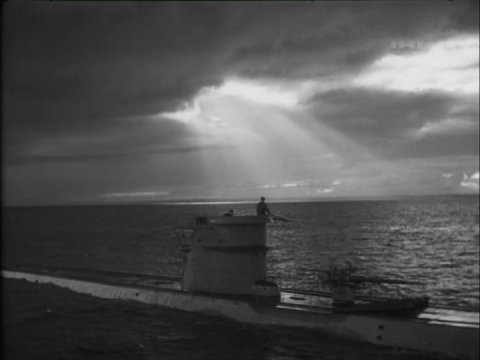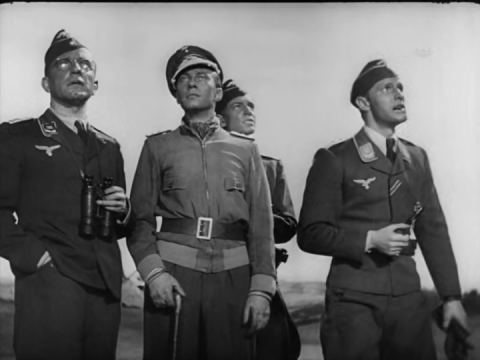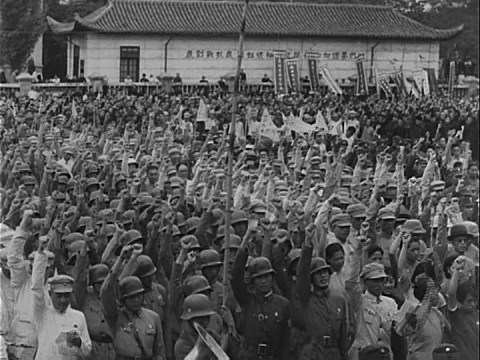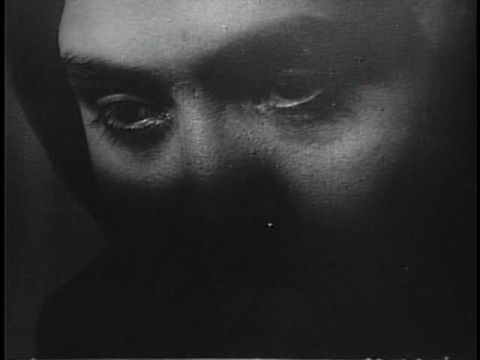It is only very rarely that some reader of this blog tips me off about a film that I should review on this site. When it does happen, however, it is always very welcome, and this week’s entry, The Adventures of Tartu is one that I could have easily overlooked, had I not been informed about it.
It was back in October, 2013, four years and a half ago, after I had written about another British spy thriller, Q Planes (1939), that the user Alan wrote a message mentioning The Adventures of Tartu. (Alan has his own very nice blog in Spanish, Corriente textual, where he sometimes writes about films at the Internet Archive.) I immediately put it on my list of films to see, but it took until quite recently before I got around to it.
The Adventures of Tartu is a propaganda spy thriller. Robert Donat plays a chemical engineer in the British Army who bravely defuses unexploded bombs during the London Blitz. Because of his skills as an engineer, and his considerable knowledge of language, he is recruited for an undercover mission behind enemy lines. The Nazis are about to start production of a new type of chemical weapon, so the formula must be stolen and the chemical plant in Czechoslovakia, where the weapon is manufactured, must be destroyed. Can one man accomplish this? Our hero may have a chance, under the guise of the Romanian fascist Jan Tartu.
It is obvious that The Adventures of Tartu was cheaply made. Yet another war-time propaganda, cranked out to keep morale high. But even so, it has considerable qualities. For example, I am highly enamoured with the futuristic settings of the chemical plant. Robert Donat and Valerie Hobson also work well as the romantic couple.
This film is best enjoyed for its fast-moving and intricate plot, complete with several sudden and unexpected twists. The story sometimes stretches the edges of credibility, but it is so much fun watching it that such trivialities matter little.
The Adventures of Tartu
Download link
Year: 1943
Running time: 1 h 43 min
Director: Harold S. Bucquet
Stars: Robert Donat
Image quality: Acceptable
Resolution: Medium (720×540)
Sound quality: Acceptable
Best file format: MPEG2 (1.8 G)



















